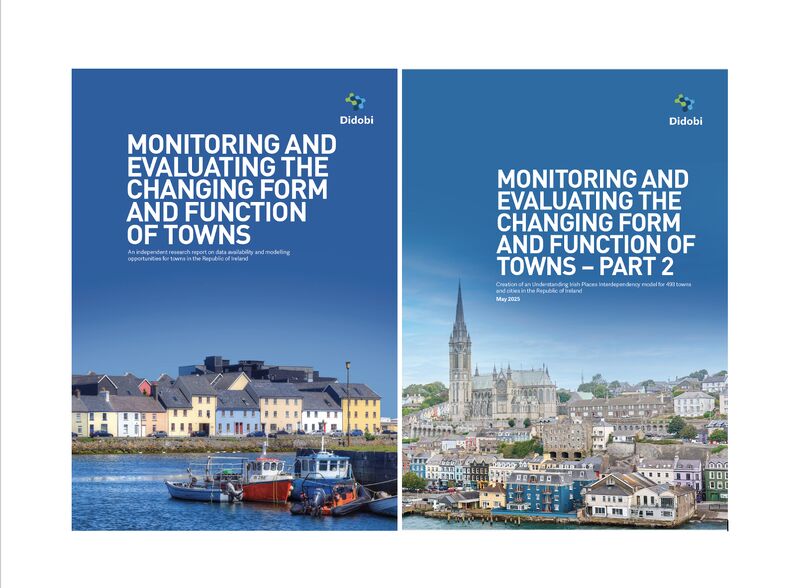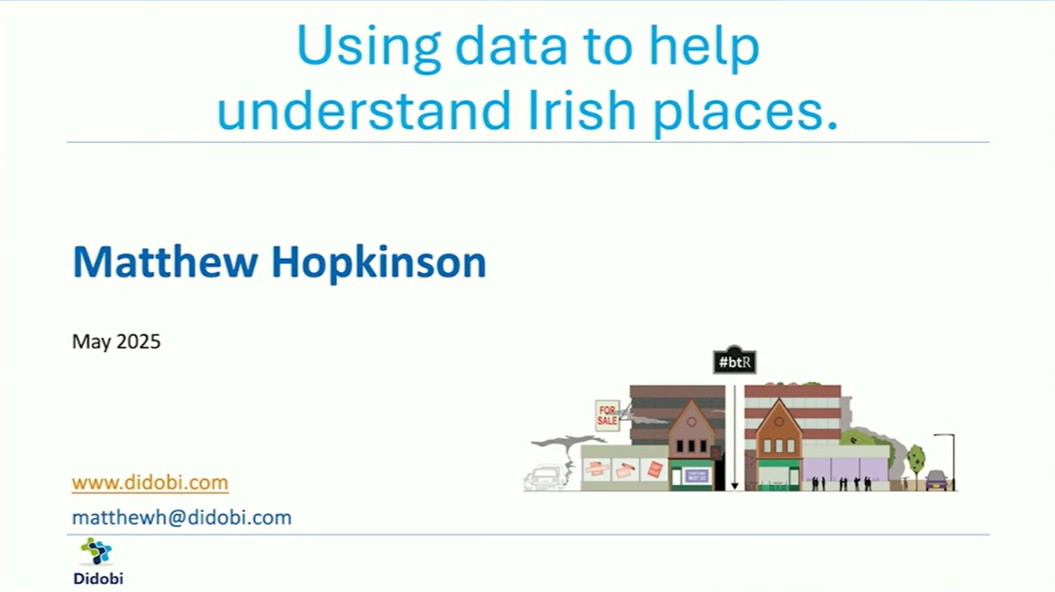
Isn’t it time we acknowledged that the common denominator is process rather than product for our towns?
In this guest blog by #bettertowns partner, Olivia Paine of HLM Architects, argues that cutting red tape around planning permissions is a quick-fix solution aimed at very particular scenarios – isn’t it time we acknowledged that the common denominator is process rather than product?
The property industry is consistently encouraged to claim that it has the solution – that with ‘a pinch of this’ and ‘a spoonful of that’ we will solve the challenges of the high street and beyond. The trouble with this approach is that too often it assumes that “one size fits all”. Certainly, there are distinctions between towns, cities and villages but beyond that it is often expected that the nuances of design and aesthetics will paste over the cracks where a universal square peg has been shoehorned into a local round hole. These solutions may work for a time, but they run the serious risk of creating homogenised high streets and towns with little to no bespoke identity.
As the Grimsey review: Covid-19 supplement attests, the challenges facing the high street “cannot be solved by pulling big levers in Whitehall”. What is needed is a de-mystified execution strategy which empowers local authorities to define their differences and understand the process of creating solutions that enhance their unique selling points. For years we have used phrases such as ‘destination space’, ‘the experiential high street’ and ‘lower-rates, more support’ like a pin-ball machine – bouncing from one to the next in the vain hope that we will eventually hit the jackpot. But, as the recent Local Government Association (LGA) report ‘Building more inclusive economies’suggests, ‘local areas cannot build an inclusive economy effectively if they do not know precisely what their problems and their assets are.’ In other words, we will never know what fits until we find the gaps.
More recently, proposed planning reforms put forward by Secretary Rt Hon Robert Jenrick have come back into the limelight as one of these immediate solutions, helping to solve the challenges of the high street by cutting the red tape around planning permissions. Under these laws, coming into effect in September this year, full planning applications will not be required to demolish and rebuild unused buildings as homes and commercial & retail, allowing greater freedom to redevelop disused spaces. In certain scenarios this will be a welcome change and certainly one that may smooth the process of re-vitalisation. But unless carefully implemented, it is in danger of creating another band-aid solution, promoting the universal conversion of retail to residential without due consideration of whether this will support the goals and objectives of the town itself.
During lockdown we have all experienced an increasing dependence on local businesses. We no longer bring back dinner from the station supermarket and the majority of us have not queued up to be let into city shopping malls. Instead we have turned to our local high streets and have begun to celebrate their individuality rather than focussing on their limitations.
‘Localism’ is a term that we should be proud to support, one which acknowledges that different towns have individual personalities, challenges and selling points. Repealing planning legislation may prove helpful in unblocking one-off developments, but until we realise that understanding individual economic, social, environmental and political nuances is the key to unlocking sustainable towns, we will only ever be joining random puzzle pieces rather than creating the full picture.
This was the rationale behind our launch of the #bettertowns roadmap, a collaboration between HLM Architects, Didobi, realestateworks and the Consumer Data Research Centre (CDRC), which champions a highly visual, data and evidence-led process that navigates five stages to determine short, medium and long term strategies for individual towns. Each town’s journey proceeds by successively creating a baseline, defining a mission, appraising options, creating an action plan and delivering outcomes. The methodology is universal but the solution is unique.
As advocated in the 2019 LGA campaign #councilscan, the key role is left for the authority itself, providing them with the road and guidance but placing them in the driver’s seat. They decide what stage they are currently at, how fast they want to travel and what their critical success factors are, we provide the expertise and advice to achieve these goals.
Local authorities must be the protagonist if we are to achieve the successful re-vitalisation of our towns. It is the only body able to understand individual communities, challenges and opportunities in the round. And yet, it is not enough to possess that knowledge. If we are to succeed, the knowledge must be consolidated and translated into a universal language – an annual #BigtownAudit creating a responsive, accessible data warehouse. Armed with this information, central Government could act with conviction, removing barriers based on evidence and clearing the way for local authorities to act in the best interests of their communities.
It is time to debunk the myth of a collective destination – it is neither desirable nor achievable. Creating a universal, multi-disciplinary sat-nav is the way forwards enabling local authorities to plug in their co-ordinates and move towards their own #bettertown with the confidence that they trust the journey to deliver their vision.
In short, we need to focus on process over product.






Leave a comment: